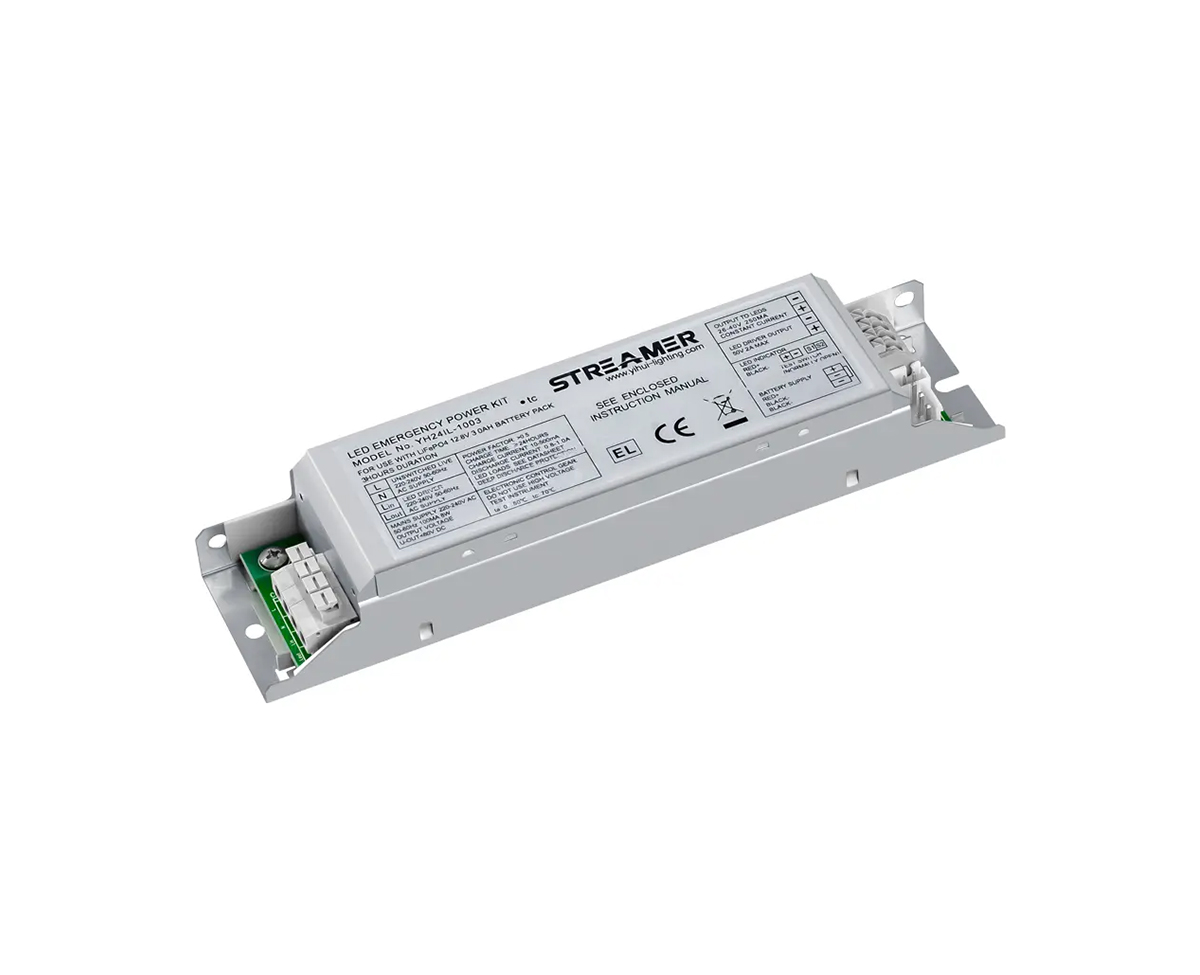 1
1
 Mar 03, 2025
Mar 03, 2025

The data processing capacity of a Streamer BBU is an important factor in determining its performance and suitability for various applications.
Throughput Analysis
One of the primary aspects of evaluating data processing capacity is throughput analysis. This involves measuring the amount of data that the BBU can process within a given time frame. To conduct this analysis, a series of data - intensive tasks are simulated. For example, large - scale data backup operations are initiated, and the time taken for the BBU to transfer and store the data is recorded. The throughput is then calculated as the amount of data transferred divided by the time taken. A higher throughput indicates a better - performing BBU in terms of data processing speed.
Parallel Processing Capability
Modern Streamer BBUs often have the ability to perform parallel processing. This means they can handle multiple data streams simultaneously. To evaluate this capability, multiple data sources are connected to the BBU, and different types of data processing tasks are assigned to each stream. For instance, one stream could be used for real - time data monitoring, another for data encryption, and a third for data compression. The BBU's ability to process these tasks without significant degradation in performance is assessed. If the BBU can maintain high throughput across all parallel streams, it has a strong parallel processing capability.
Data Latency Testing
Data latency is another critical parameter in evaluating the data processing capacity. Latency refers to the time delay between the input of data and the output of the processed data. To measure latency, a small - sized data packet is sent to the BBU, and the time it takes for the BBU to process and return the packet is measured. This test is repeated multiple times with different types of data and processing tasks. A low latency value indicates that the BBU can quickly respond to data requests, which is essential for applications where real - time data processing is required, such as in financial trading systems or industrial control systems.
Scalability Assessment
As the data requirements of systems grow over time, the scalability of the Streamer BBU's data processing capacity becomes important. To assess scalability, the BBU is gradually subjected to increasing data loads. The performance of the BBU is monitored as the data load increases. If the BBU can maintain acceptable levels of throughput and latency even as the data load doubles or triples, it has good scalability. This is crucial for future - proofing the system, ensuring that the BBU can handle the growing data demands without the need for frequent replacements.